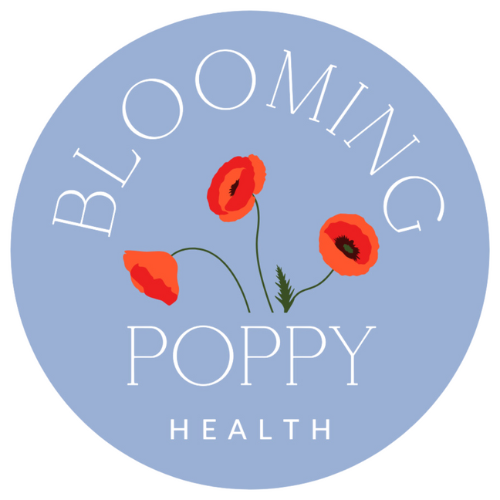Boost Your Health with Magnesium-Rich Foods: What to Eat and Why
Magnesium is a powerhouse mineral that plays a role in over 300 biochemical reactions in your body, supporting everything from muscle function and nerve health to bone strength and heart health. Despite its importance, many people fall short of getting enough magnesium, leading to symptoms like muscle cramps, fatigue, and even mood imbalances. Fortunately, many delicious foods are packed with magnesium. In this post, we’ll cover some of the best sources of magnesium and explain the unique health benefits they bring to the table.
Why Magnesium Matters
Magnesium is vital for several key body functions:
Supports Bone Health: Magnesium works together with calcium and vitamin D to build and maintain strong bones, helping to reduce the risk of osteoporosis.
Promotes Relaxation and Reduces Stress: Magnesium has a calming effect on the nervous system, which can help improve mood, reduce anxiety, and promote better sleep.
Improves Muscle Function: This mineral plays a key role in muscle contraction and relaxation, helping to reduce cramps and muscle soreness.
Supports Heart Health: Magnesium helps maintain a regular heartbeat, lowers blood pressure, and reduces the risk of cardiovascular diseases.
Top Foods High in Magnesium
Let’s explore some foods that are rich in magnesium and learn about how they benefit your health.
1. Leafy Greens
Examples: Spinach, Swiss chard, kale, and collard greens.
Magnesium Content: 1 cup of cooked spinach contains about 157 mg (about 37% of the recommended daily intake).
Benefits: Leafy greens are not only high in magnesium but also packed with fiber, vitamins, and antioxidants. These nutrients support brain health, reduce inflammation, and help maintain a healthy weight.
2. Nuts and Seeds
Examples: Almonds, cashews, pumpkin seeds, and chia seeds.
Magnesium Content: 1 ounce of pumpkin seeds contains about 150 mg of magnesium, while almonds provide around 80 mg per ounce.
Benefits: Nuts and seeds are a nutrient-dense source of healthy fats, protein, and fiber, which support heart health, blood sugar control, and weight management.
3. Whole Grains
Examples: Quinoa, brown rice, oatmeal, and barley.
Magnesium Content: 1 cup of cooked quinoa contains about 118 mg of magnesium.
Benefits: Whole grains are excellent for digestive health, provide lasting energy, and help manage cholesterol levels. They’re also high in B vitamins, which work with magnesium to improve energy metabolism.
4. Legumes
Examples: Black beans, chickpeas, lentils, and edamame.
Magnesium Content: 1 cup of cooked black beans has about 120 mg of magnesium.
Benefits: Legumes are a rich source of plant-based protein, fiber, and iron. They promote a healthy gut microbiome, improve digestion, and help regulate blood sugar levels.
5. Avocado
Magnesium Content: 1 medium avocado contains about 58 mg of magnesium.
Benefits: Avocado is high in healthy monounsaturated fats and potassium, both of which support heart health. It’s also rich in antioxidants and fiber, helping to maintain skin health and reduce inflammation.
6. Fatty Fish
Examples: Salmon, mackerel, and halibut.
Magnesium Content: A 3-ounce serving of salmon provides about 26 mg of magnesium.
Benefits: Fatty fish are rich in omega-3 fatty acids, which are beneficial for heart and brain health. The combination of magnesium and healthy fats also helps support mental health, improving mood and focus.
Tips for Increasing Magnesium Intake
Incorporate a Variety of Foods: Adding a mix of nuts, seeds, whole grains, and leafy greens to your daily meals can help you get a well-rounded intake of magnesium.
Opt for Whole Foods Over Processed Options: Magnesium is often lost during food processing, so try to include more whole and minimally processed foods.
Combine Magnesium with Vitamin B6: Vitamin B6 can improve magnesium absorption and is found in foods like bananas, chickpeas, and avocados.
Consider Magnesium-Rich Snacks: Reach for snacks like trail mix with nuts and seeds, or hummus with veggie sticks to boost magnesium intake between meals.
Final Thoughts
Magnesium is essential for our overall health and wellness. Including a variety of magnesium-rich foods in your diet not only supports essential body functions but can also improve energy levels, reduce stress, and help prevent muscle cramps. So the next time you’re planning your meals, think about incorporating some of these delicious magnesium-packed foods to keep your body functioning at its best!

